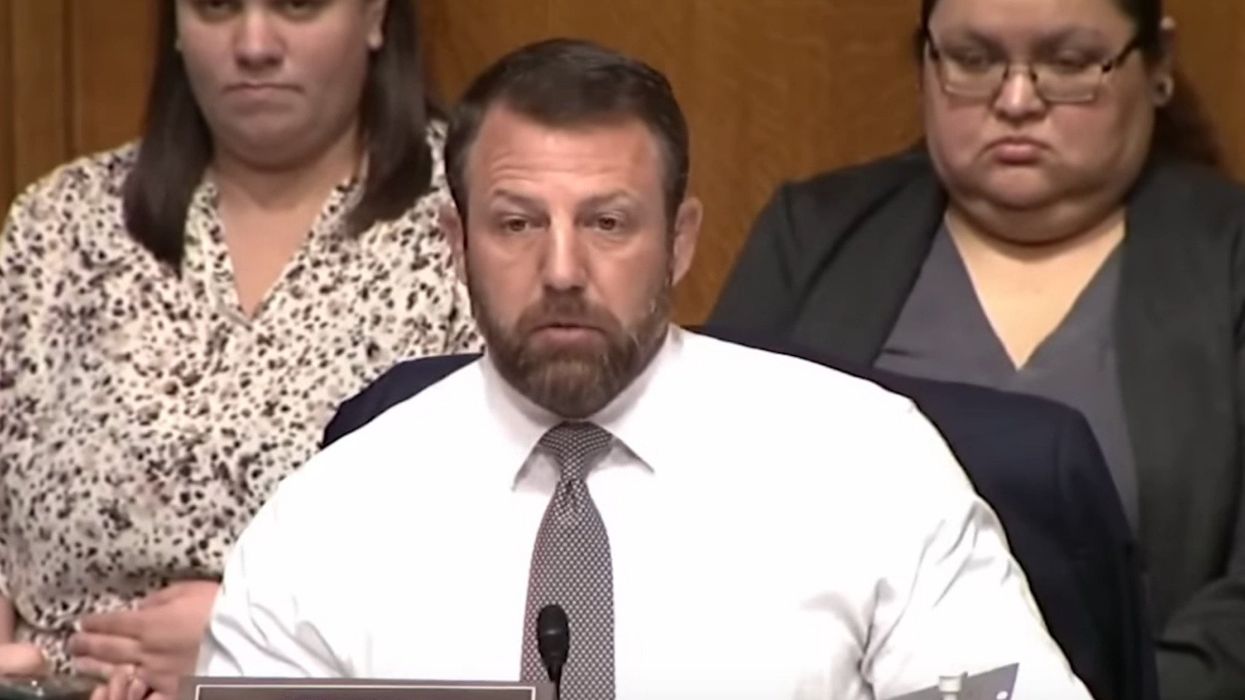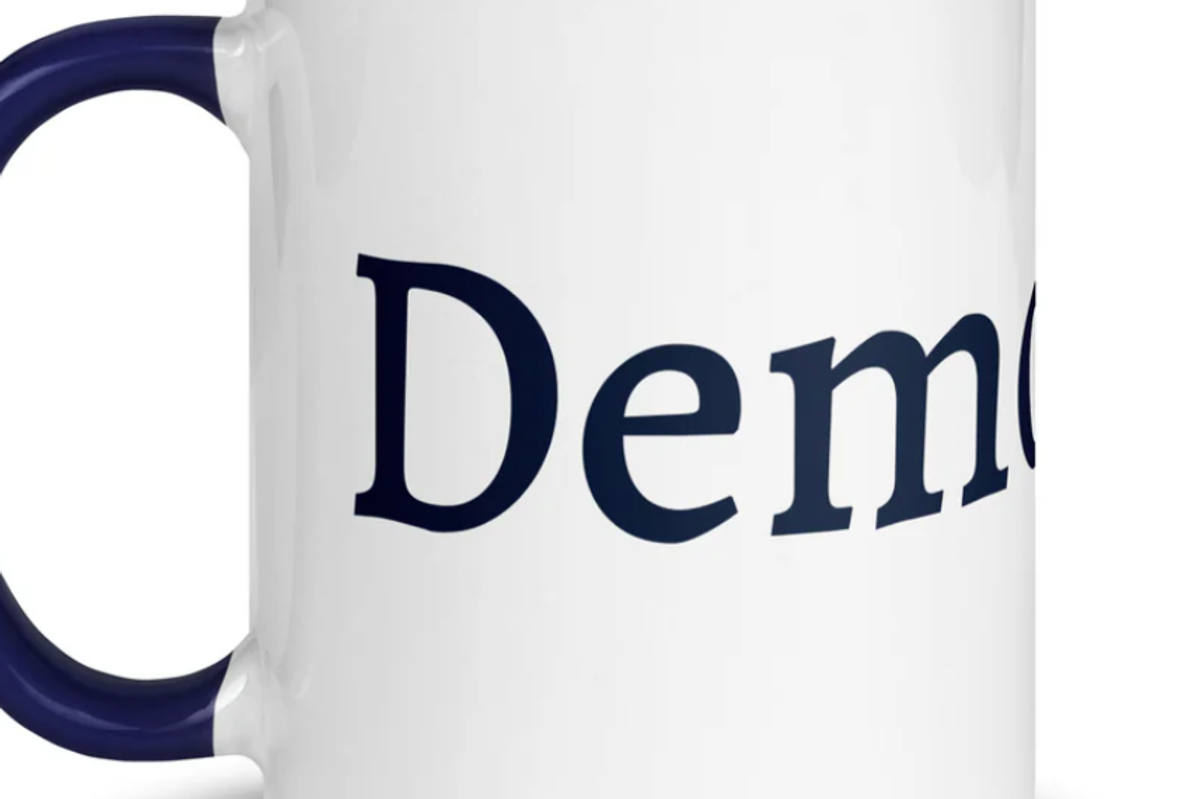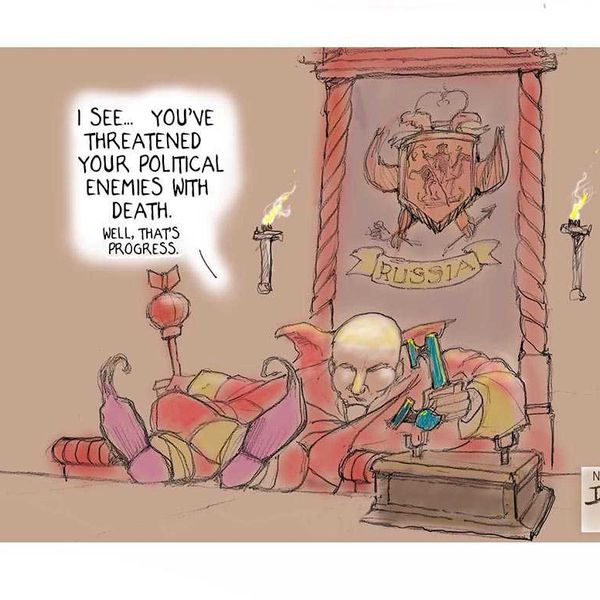With Unity And Grace, Democrats Can Build Powerful Midterm Message On Shutdown
The shutdown is winding down as eight Senate Democrats (7 Democrats and one Independent who caucuses with Democrats) voted with Republicans to get to the 60 votes needed to reopen the government. The ensuing spending plan will not include the health coverage subsidies for which the Democrats were holding out.
There is a lot of legitimate anger at the “defectors.” If you were going to cave, why wait until day 40? With public opinion leaning your way, why let up? Especially when this is the only leverage you’ve got? And how can you shake hands with these thoroughly untrustworthy Reppublicans, who have blatantly and illegally ignored previous spending allocations? All for the promise of a show vote on the health-coverage tax credits next month, a vote that will almost surely fail?!
Also, some of what the moderate Democrats are claiming they “got” in the deal are not at all Republican concessions, specifically rehiring government workers illegally laid off during the shutdown and “fully funding SNAP.” Simply getting the other side to obey the law may look like a win these days, but it is not.
Still, there are a number of arguments that point the other way, ones I’d argue are more compelling, though if and only if the fight we saw in the shutdown regarding who’s fighting for whom continues to rage. If these moderates don’t work with the rest of the Democratic caucus to build on the political and messaging gains made during the shutdown, then they really are part of the problem, not part of the solution.
The main argument for ending the shutdown was that the Ds were not going to get the tax credits and too many people were feeling the brunt of the shutdown. The former is probably true; the latter is definitely true.
The group of people affected by the shutdown grew with each week, beyond the hundreds of thousands of federal workers who have not been paid for weeks. The Trump administration’s legal fight to avoid paying SNAP food assistance benefits put tens of millions of Americans at risk of going hungry. And its decision to ratchet back air traffic capacity ensnared millions of others in air travel disruptions and flight cancellations that began over the weekend.
Given that these two facts—probable loss on tax credits and spreading pain—were highly predictable from the start, why shutdown at all? For one, minority leader Schumer understood that the party was itching for a fight with what is, hands down, the worst, most spineless GOP Senate caucus of any of our lifetimes. On a daily basis, they bow before their corrupt leader and violate their vows to protect the Constitution.
Granted the leverage that shutdown gave them, Senate Democrats had to pitch a fight. And they pitched a uniquely strong one. They made the Republicanss own the highly potent health-care (un)affordability issue, and they’ll get another chance to elevate that issue next month when Republicans continue to stand by while 20-plus million people see their premiums spike.
My sense, backed by some polling evidence, with the most important polls being last Tuesday’s mini-blue-wave, is that a very important sentiment is clarifying among voters: the Trump administration doesn’t care a whit about their economic concerns but the Democrats do.
I grant you, that last bit—”the Democrats do”—is an uphill battle and is just now maybe coming into focus. The shutdown underscored that for Republicans, unaffordability and cruelty are spectator sports. This leaves Democrats as the only party in the game. No question, the party is suffering from years, if not decades, of being perceived as abandoning working-class economics, in many cases, justly so. But during the shutdown, they were clearly the party fighting for affordable health care, for SNAP, for government workers, while the Republicans were weaponizing the moment to push hard in the wrong direction on each of these issues.
This is the fight that Democrats won in the shutdown, even if they lost on tax credits. But if they stop here, they’re toast, and deservedly so. I could be wrong—maybe this time is different—but in a few months, most regular folks won’t remember the shutdown. These events have historically had a very short half-life.
But if they start here, if they learn from this shutdown that they can unify around the message of affordability, of competent governance that follows the rule of law, of elevating the hurt that this administration, backed by a do-nothing, wholly-compliant Congressional majority, is doing to large swaths of Americans on a daily basis, then the shutdown will have been worth it.
Jared Bernstein is a former chair of the White House Council of Economic Advisers under President Joe Biden. He is a senior fellow at the Council on Budget and Policy Priorities. Please consider subscribing to his Substack.
Reprinted with permission from Econjared.

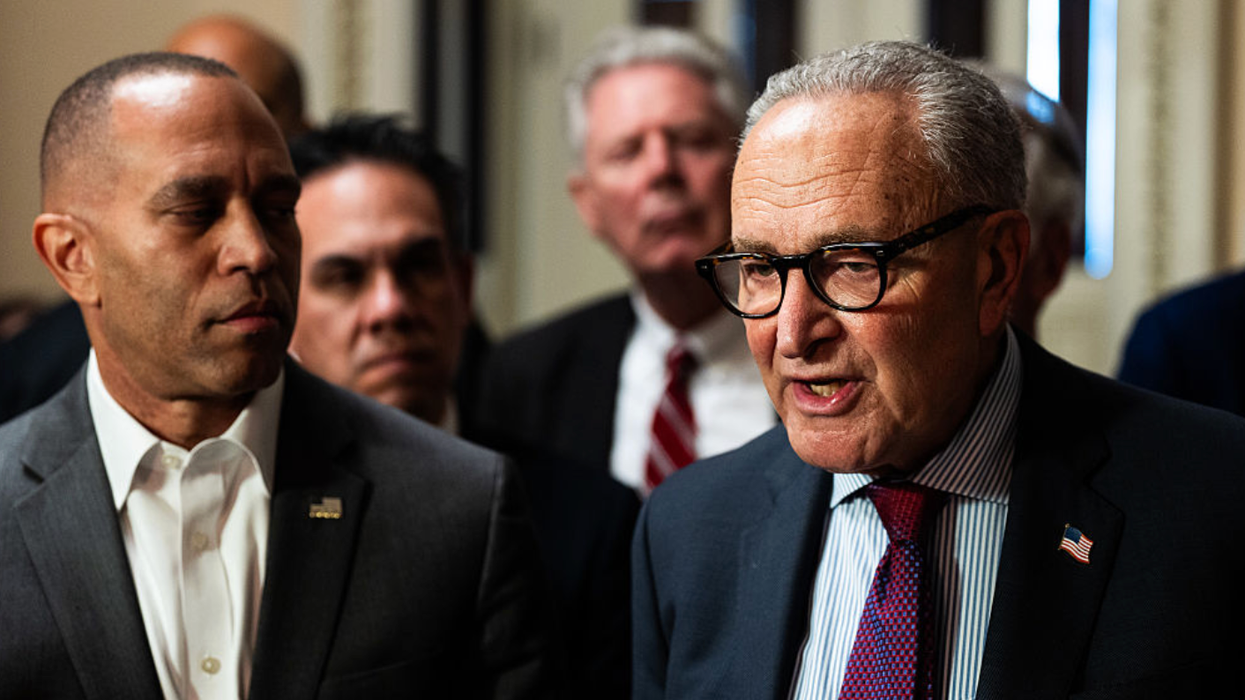
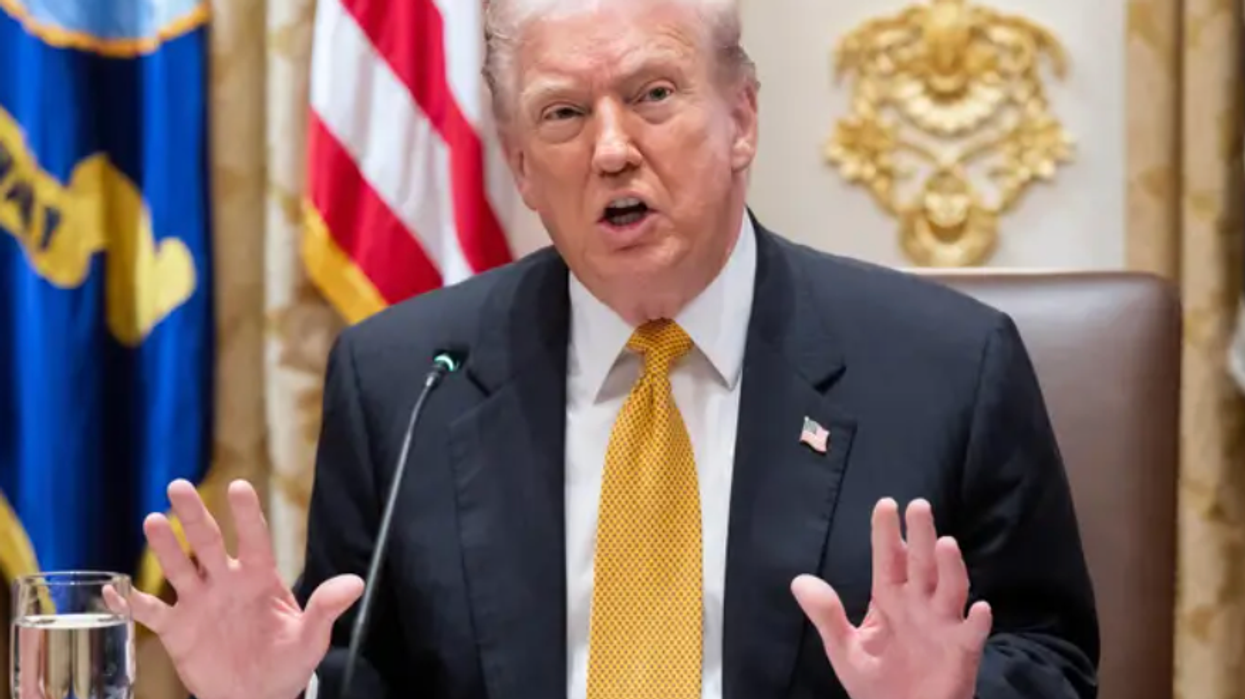

 Source: Atlanta Federal Reserve
Source: Atlanta Federal Reserve